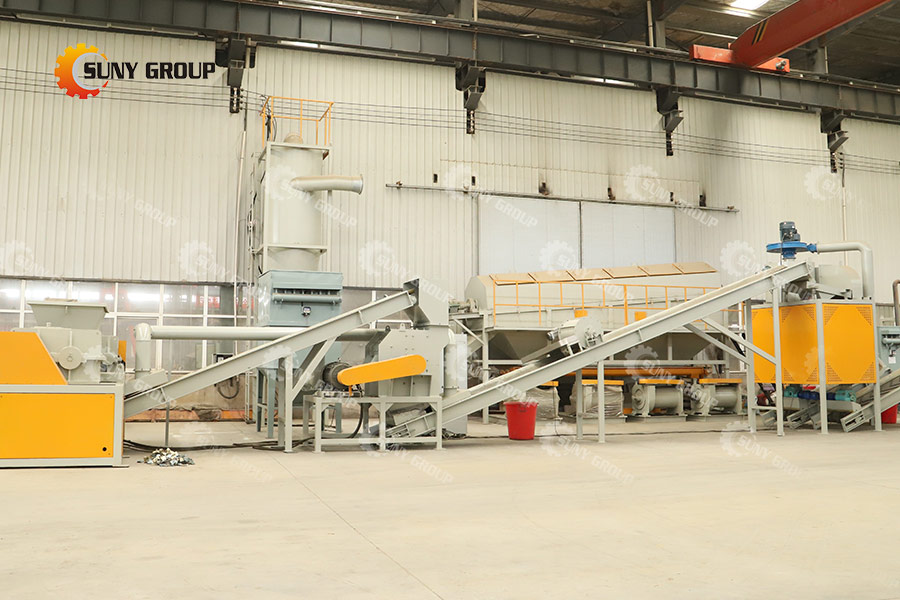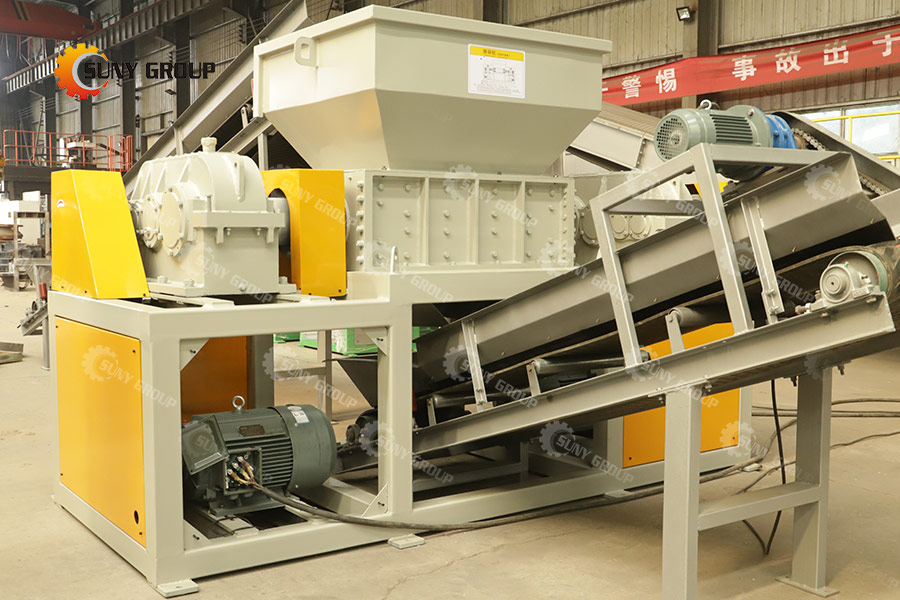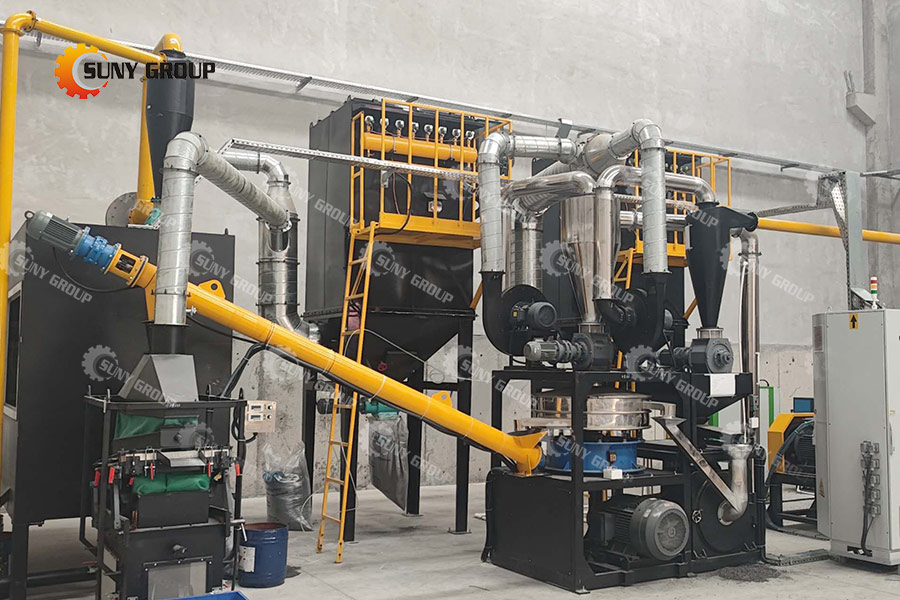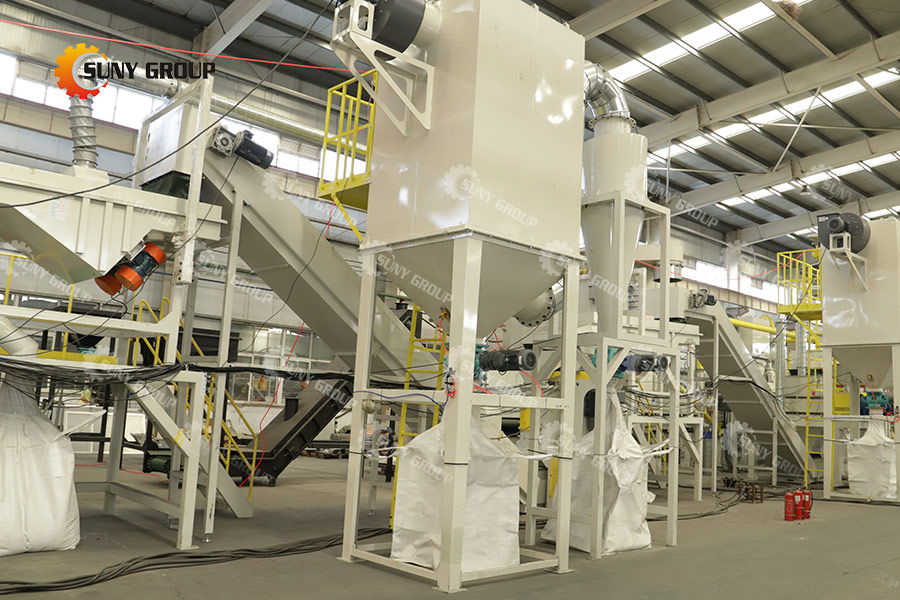Working process of waste radiator recycling machinery
The copper and aluminum, as important non-ferrous metals, are widely used in the electrical power, electronics, and construction industries. However, in scrap electrical appliances, cables, radiators, and other items, copper and aluminum often exist as alloys or mixed materials. Traditional recycling methods rely on manual sorting or chemical dissolution, which is not only inefficient but can also generate hazardous waste. The advent of copper-aluminum separators, through physical separation technology, enables pollution-free, high-purity material separation.

For example, in scrap air conditioner radiators, the copper tubes and aluminum foil are tightly bonded, making manual separation difficult. Through crushing, screening, magnetic separation, and eddy current separation, copper-aluminum separators can quickly separate copper and aluminum, achieving purity levels exceeding 95%, directly meeting the raw material needs of recycled smelting.
The core of copper aluminum separation equipment lies in a multi-stage sorting process, which typically includes:
Primary crushing: This crushes the mixed copper and aluminum materials into uniform particles for subsequent processing.
Screening and impurity removal: Vibrating screens are used to remove non-metallic impurities such as plastic and rubber.
Magnetic separation: Utilizes magnetic force to recover iron impurities, preventing interference with copper and aluminum separation.
Eddy current separation: Based on the difference in electrical conductivity between copper and aluminum, a high-frequency alternating magnetic field is used to separate the two.
-
Contact Us
HAVE QUESTIONS?
Leave your details and we will reply to your message in 24 hours.
GET IN TOUCH! -



 Double Shaft Shredder Equipment Process Flow
Double Shaft Shredder Equipment Process Flow  Aluminum Plastic Separation Machine Installed in Turkey
Aluminum Plastic Separation Machine Installed in Turkey  Bifacial solar panels recycling equipment
Bifacial solar panels recycling equipment 

